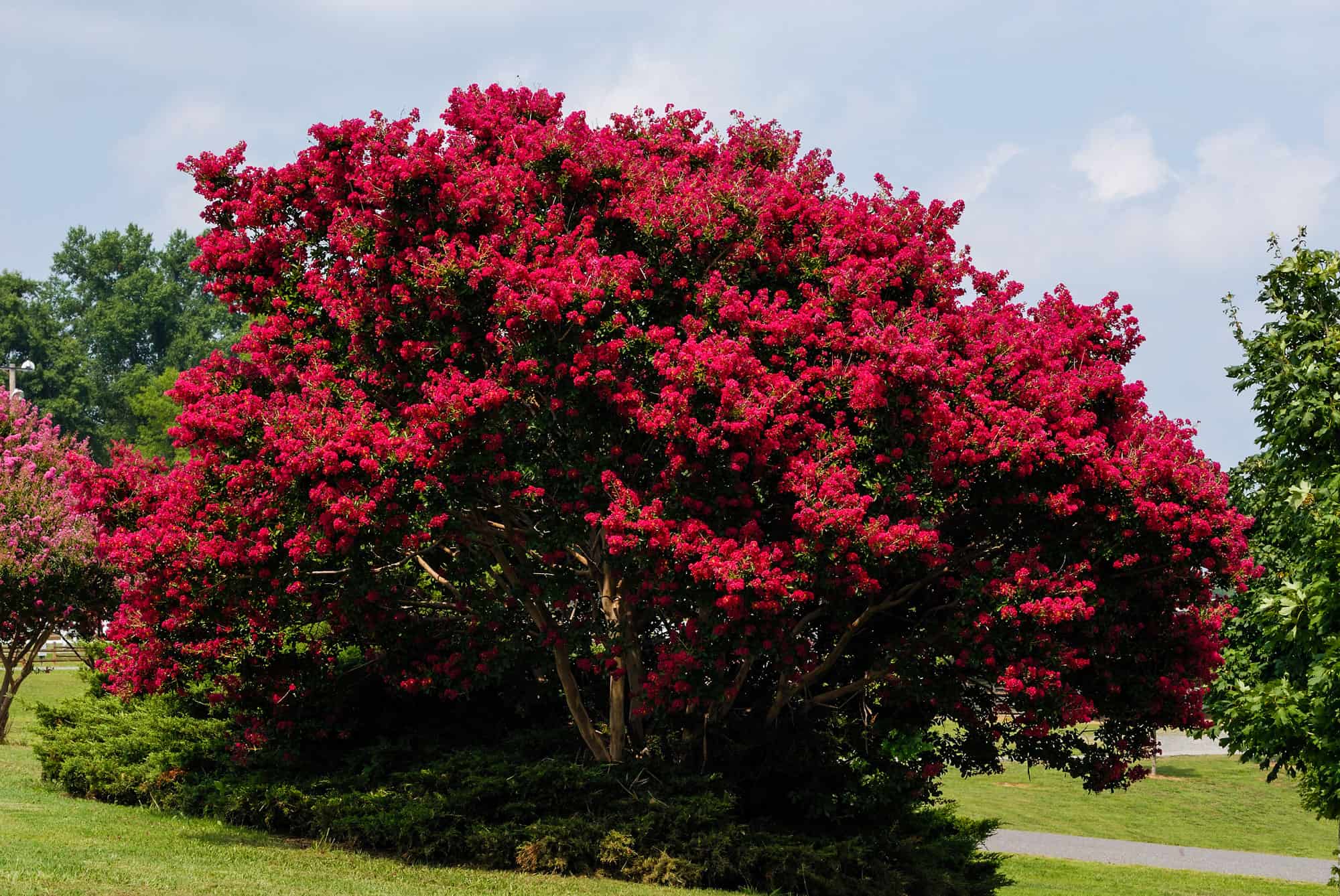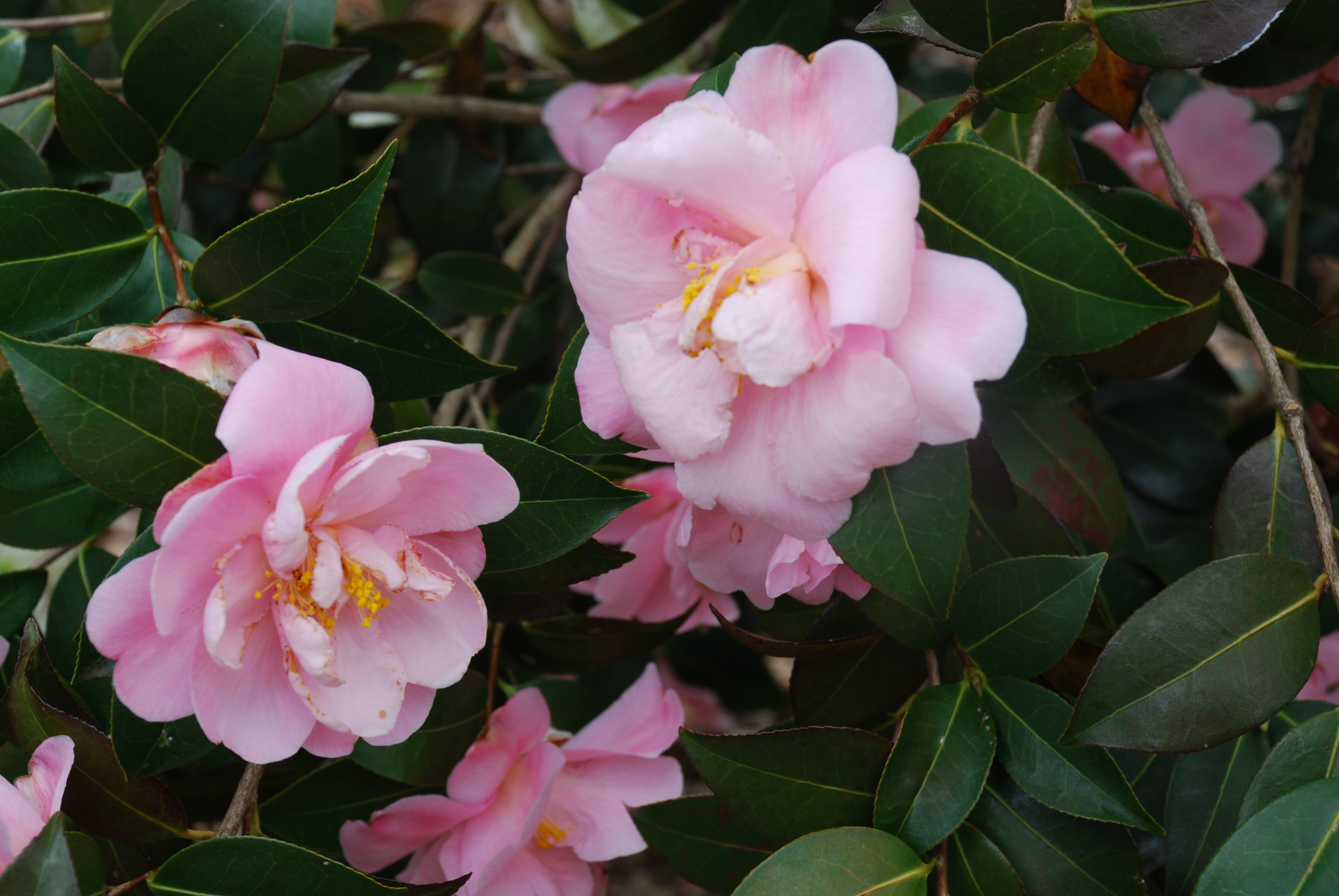Zone 9 flowering plants, renowned for their vibrant hues and captivating blooms, grace gardens with an unparalleled charm. From the delicate petals of camellias to the showy clusters of bougainvillea, these botanical wonders offer a captivating spectacle that transforms landscapes into living masterpieces.
This comprehensive guide delves into the enchanting world of Zone 9 flowering plants, providing a wealth of information on their selection, planting, care, and design. With expert insights and practical tips, gardeners of all levels can harness the beauty of these horticultural gems to create stunning outdoor spaces that inspire awe and tranquility.
Popular Zone 9 Flowering Plants

Zone 9 is a region with a Mediterranean climate characterized by mild, wet winters and hot, dry summers. This climate is ideal for growing a wide variety of flowering plants that bloom throughout the year. Here is a list of some of the most popular flowering plants for Zone 9, along with their size, bloom time, flower color, and growing requirements:
These flowering plants add color and beauty to any garden and are relatively easy to grow. With proper care, they will thrive in Zone 9’s climate and provide years of enjoyment.
Zone 9 flowering plants thrive in warm, temperate climates, offering a diverse range of colors and textures. Among these, one captivating species is the tiny white flower plant , renowned for its delicate blooms that add a touch of elegance to any garden.
Its compact size and ease of care make it a popular choice for container gardening, adding a splash of color to patios and balconies. Whether you’re a seasoned gardener or just starting out, zone 9 flowering plants, including the tiny white flower plant, offer endless possibilities to create a vibrant and inviting outdoor space.
Table of Popular Zone 9 Flowering Plants
| Plant Name | Size | Bloom Time | Flower Color | Growing Requirements |
|---|---|---|---|---|
| Bird of Paradise | 3-6 feet tall, 3-4 feet wide | Spring to fall | Orange, blue, and white | Full sun to partial shade, well-drained soil |
| Bouganvillea | Vining plant, can reach 20 feet in length | Year-round | Pink, purple, red, orange, white, or yellow | Full sun, well-drained soil |
| Cape Honeysuckle | Shrub, 3-6 feet tall and wide | Spring to fall | Red, orange, yellow, or pink | Full sun to partial shade, well-drained soil |
| Desert Rose | Shrub, 3-6 feet tall and wide | Spring to fall | Pink, red, white, or yellow | Full sun, well-drained soil |
| Hibiscus | Shrub, 5-8 feet tall and wide | Summer to fall | Red, pink, orange, yellow, or white | Full sun to partial shade, well-drained soil |
| Lantana | Shrub, 3-6 feet tall and wide | Year-round | Red, orange, yellow, pink, or purple | Full sun, well-drained soil |
| Oleander | Shrub or small tree, 6-12 feet tall and wide | Spring to fall | Pink, red, white, or yellow | Full sun to partial shade, well-drained soil |
| Pentas | Shrub, 1-3 feet tall and wide | Spring to fall | Red, pink, white, or purple | Full sun to partial shade, well-drained soil |
| Plumbago | Shrub, 3-6 feet tall and wide | Spring to fall | Blue, white, or pink | Full sun to partial shade, well-drained soil |
| Salvia | Shrub, 1-3 feet tall and wide | Spring to fall | Red, pink, white, or purple | Full sun to partial shade, well-drained soil |
Planting and Care Guide for Zone 9 Flowering Plants

To ensure successful growth and vibrant blooms of Zone 9 flowering plants, it is essential to adhere to specific planting and care practices. This guide provides comprehensive instructions on optimal planting times, soil preparation, watering techniques, fertilization schedules, and mulching practices, along with effective control measures for common pests and diseases.
Planting Times and Techniques
The ideal planting time for Zone 9 flowering plants varies depending on the species. Warm-season annuals, such as zinnias and marigolds, should be planted after the last spring frost, while cool-season annuals, like pansies and violas, can be planted in fall or early spring. Perennials can be planted in spring or fall, while shrubs and trees are best planted in fall or winter when they are dormant.
When planting, dig a hole twice as wide as the root ball and just as deep. Place the plant in the hole and backfill with soil, gently firming it around the base of the plant. Water deeply after planting to settle the soil and remove any air pockets.
Soil Preparation
Zone 9 flowering plants prefer well-drained soil with a pH between 6.0 and 7.0. If the soil is too acidic, add lime to raise the pH. If the soil is too alkaline, add sulfur to lower the pH. To improve drainage, amend the soil with compost or other organic matter.
Watering
Water Zone 9 flowering plants regularly, especially during hot, dry weather. The frequency of watering will vary depending on the plant species, soil type, and weather conditions. As a general rule, water deeply when the top inch of soil is dry to the touch. Avoid overwatering, as this can lead to root rot.
Fertilization, Zone 9 flowering plants
Fertilize Zone 9 flowering plants monthly during the growing season with a balanced fertilizer. Follow the instructions on the fertilizer package for the recommended application rate. Avoid overfertilizing, as this can damage the plants.
Mulching
Mulching around Zone 9 flowering plants helps to retain moisture, suppress weeds, and regulate soil temperature. Use organic mulch, such as bark chips, compost, or straw. Apply a layer of mulch 2-3 inches thick around the plants, but keep it away from the stems to prevent rot.
Common Pests and Diseases
Zone 9 flowering plants are susceptible to a variety of pests and diseases. Common pests include aphids, spider mites, and whiteflies. Common diseases include powdery mildew, botrytis, and root rot. To control pests and diseases, use organic methods whenever possible, such as insecticidal soap or neem oil. If necessary, use chemical pesticides or fungicides according to the instructions on the product label.
Design Ideas for Zone 9 Flowering Plants

Incorporating Zone 9 flowering plants into garden landscapes can create a vibrant and visually stunning outdoor space. These plants thrive in warm, temperate climates and offer a wide range of colors, textures, and sizes, making them versatile additions to any garden design.
When designing with Zone 9 flowering plants, consider color combinations, companion planting, and seasonal interest. By carefully selecting plants that complement each other in terms of height, bloom time, and color, you can create a garden that is both visually appealing and ecologically beneficial.
Color Combinations
Zone 9 flowering plants come in a wide range of colors, from vibrant reds and oranges to delicate pastels and whites. To create a harmonious garden, consider using complementary colors that enhance each other’s beauty. For example, blue and orange, yellow and purple, or pink and green can create striking combinations that draw the eye.
Companion Planting
Companion planting is a technique that involves planting different species of plants together to benefit each other. For example, planting nitrogen-fixing plants like beans or peas near heavy feeders like tomatoes can help improve soil fertility. Additionally, planting tall plants like sunflowers or corn next to shorter plants can provide shade and support.
Seasonal Interest
To ensure year-round interest in your garden, choose a variety of Zone 9 flowering plants that bloom at different times of the year. Early spring bloomers like camellias and azaleas can be followed by summer favorites like hibiscus and bougainvillea. In the fall, chrysanthemums and dahlias add a touch of color, while winter-blooming plants like hellebores and pansies provide interest during the colder months.
Garden Layouts and Planting Schemes
The layout of your garden will depend on the size and shape of your space, as well as your personal preferences. Consider creating raised beds or using vertical trellises to maximize space and create a dynamic look. For a more formal garden, consider using geometric shapes and symmetrical planting schemes. For a more natural look, plant in drifts or clusters to create a more informal and relaxed atmosphere.
No matter what your design style, Zone 9 flowering plants offer endless possibilities for creating a beautiful and vibrant garden that will bring joy and beauty to your outdoor space.
:max_bytes(150000):strip_icc()/Moonbeam-Coreopsis-3680846744_5bc821521b_o-587eb9443df78c17b61b36f0.jpg)
In zone 9, a plethora of flowering plants thrive in the warm, temperate climate. However, to ensure their optimal growth and development, employing specific planting techniques is crucial. One such technique is planting seeds directly in mulch, which offers numerous benefits.
By following the guidelines outlined in planting seeds in mulch , gardeners can improve seed germination rates, conserve moisture, and suppress weeds, ultimately enhancing the health and beauty of their zone 9 flowering plants.
Zone 9 flowering plants thrive in warm, temperate climates and include a diverse range of species. For example, the vibrant hibiscus, with its showy flowers, adds a touch of tropical flair to any garden. Similarly, the graceful lavender, with its fragrant blooms, attracts bees and other pollinators.
However, it is not only in gardens that the power of plants can be harnessed. The big cajun 2 power plant in Louisiana, for instance, utilizes biomass from sugarcane to generate renewable energy. By harnessing the potential of zone 9 flowering plants, we can not only beautify our surroundings but also contribute to sustainable energy production.